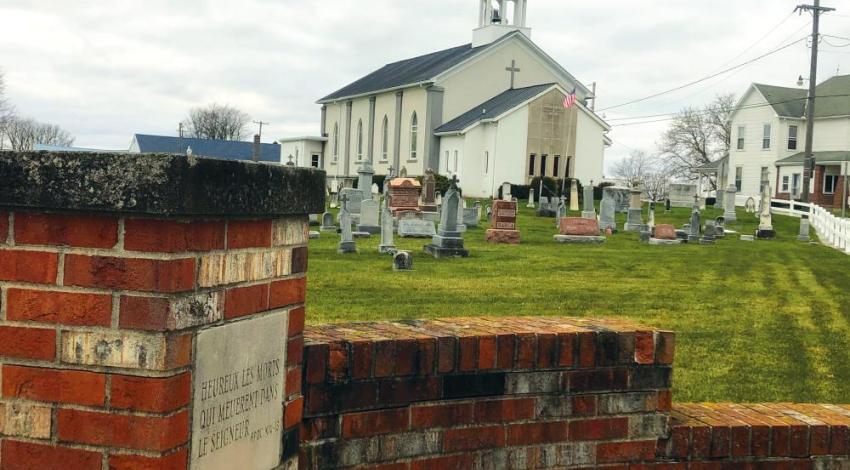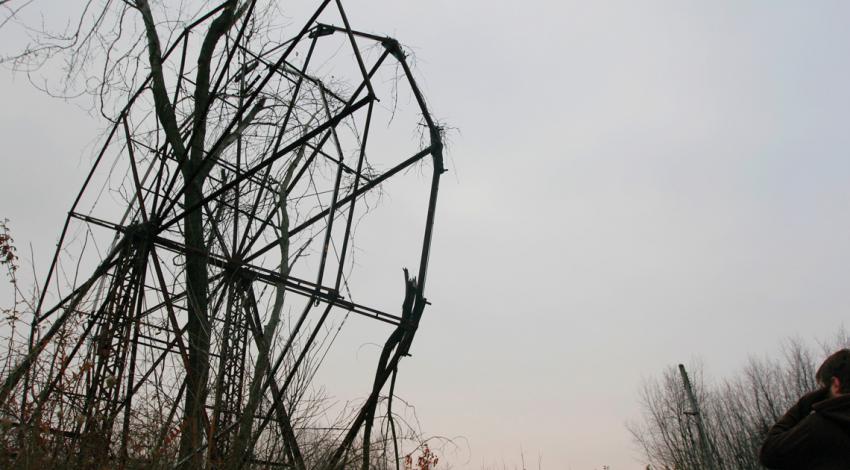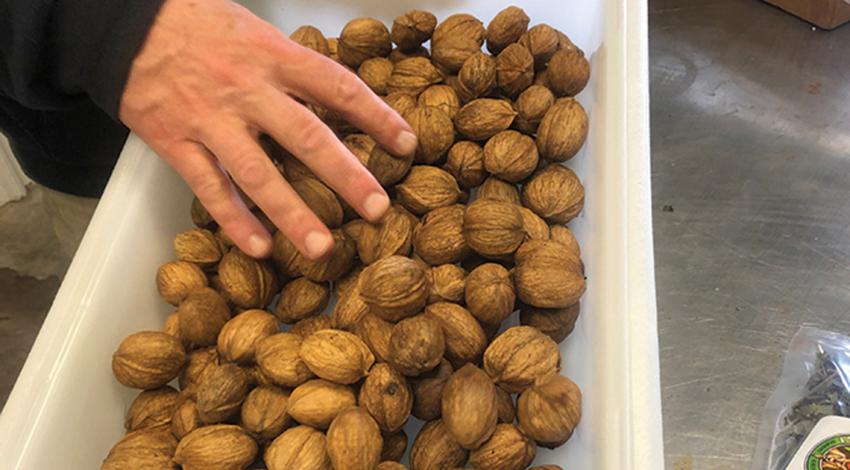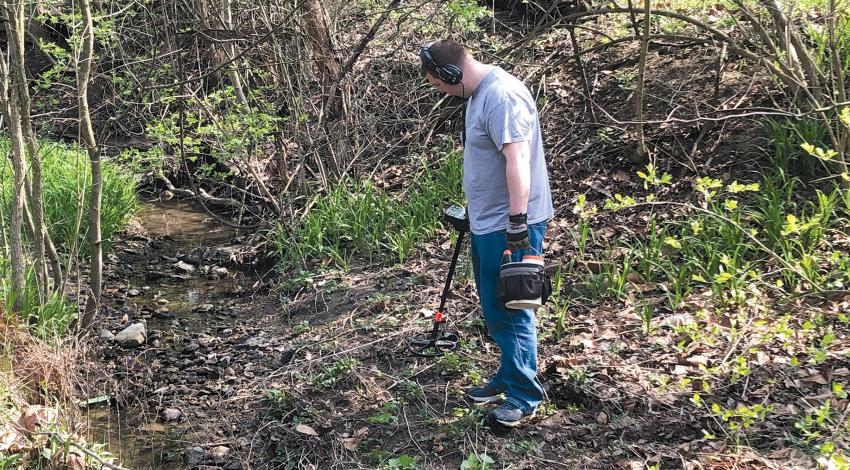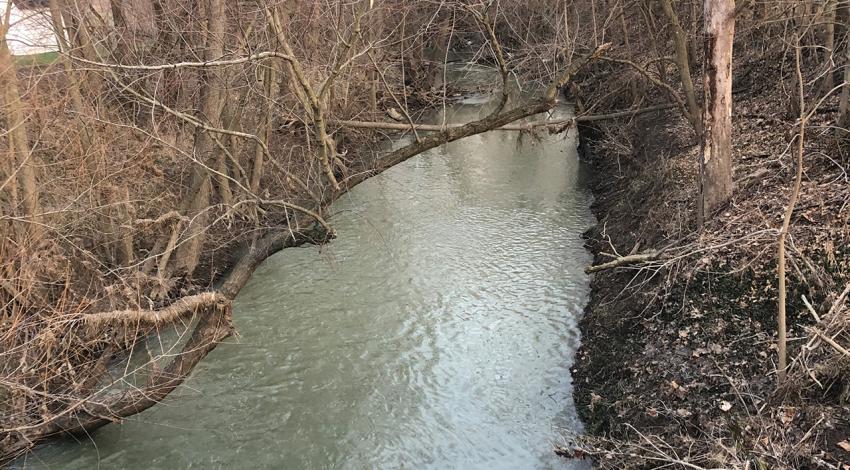“People call here thinking that we have the answer to every question,” Hunter says. “WVNU was the internet before the internet; for some around here, it still is the internet.” He reaches for a stack of papers, finds the report, and gives the caller the information.
It’s from here that WVNU, a tiny 2,300-watt radio station known as Lite 97.5, has been broadcasting adult contemporary hits from the second floor of a downtown office building for the last 30 years.


